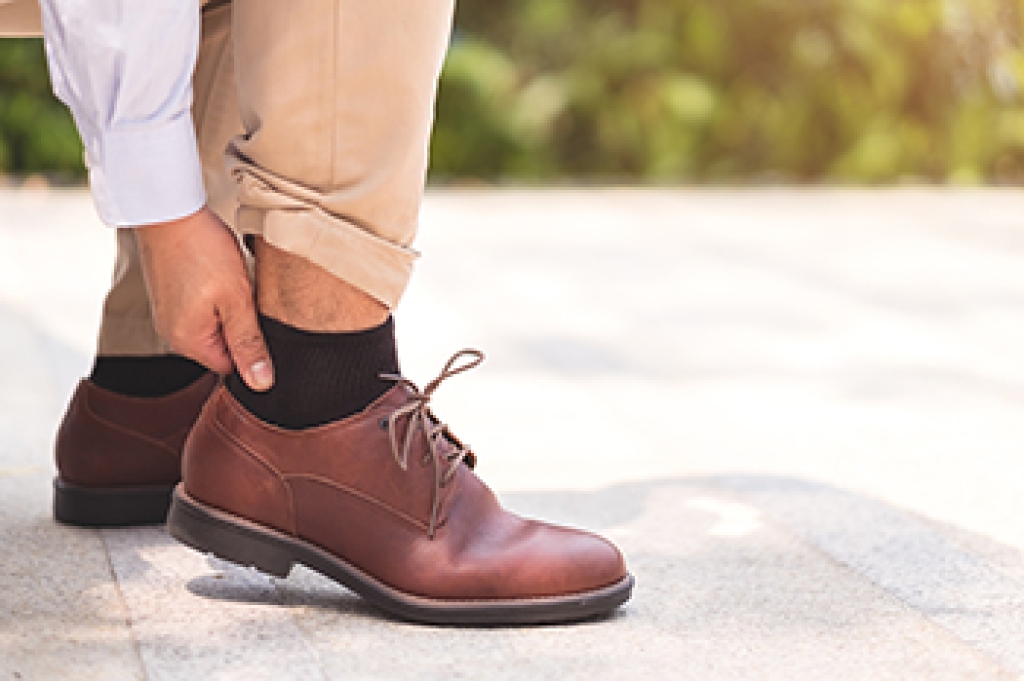
When an individual breaks or fractures their foot, it can be important to seek out immediate medical attention so that a professional can treat this injury. This is because leaving a bone fracture in the foot untreated can wreak havoc on the feet. Specifically, untreated bone features in the feet might lead to some kind of long-term nerve damage. Autonomic, motor, or sensory nerves may be damaged. Additionally, it is possible that an untreated bone fracture could ultimately lead to an infection of the bone. In severe cases, sometimes even the bone marrow may become infected. More broadly, leaving a bone fracture untreated could lead to improper healing that results in misalignment. See a podiatrist today for more details.
A broken foot requires immediate medical attention and treatment. If you need your feet checked, contact one of our podiatrists from Westside Podiatry Center, LLP. Our doctors can provide the care you need to keep you pain-free and on your feet.
Broken Foot Causes, Symptoms, and Treatment
A broken foot is caused by one of the bones in the foot typically breaking when bended, crushed, or stretched beyond its natural capabilities. Usually the location of the fracture indicates how the break occurred, whether it was through an object, fall, or any other type of injury.
Common Symptoms of Broken Feet:
- Bruising
- Pain
- Redness
- Swelling
- Blue in color
- Numbness
- Cold
- Misshapen
- Cuts
- Deformities
Those that suspect they have a broken foot shoot seek urgent medical attention where a medical professional could diagnose the severity.
Treatment for broken bones varies depending on the cause, severity and location. Some will require the use of splints, casts or crutches while others could even involve surgery to repair the broken bones. Personal care includes the use of ice and keeping the foot stabilized and elevated.
If you have any questions, please feel free to contact one of our offices located in Liverpool, Camillus, Skaneateles, Oswego, and Cicero, NY . We offer the newest diagnostic and treatment technologies for all your foot care needs.




